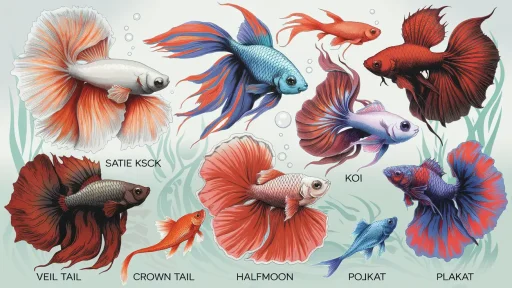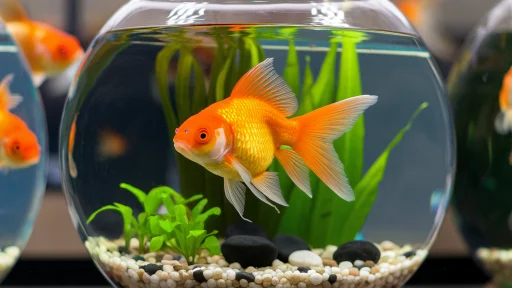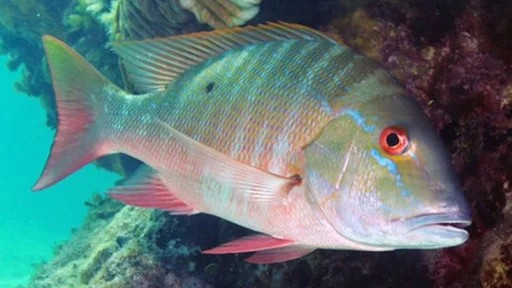Corvina fish, a highly prized catch in global fisheries, is not only loved for its delicate flavor but also for its versatility in the kitchen. Found primarily in warm, coastal waters, this fish has become a staple in various cuisines, especially in Latin America and Asia. But Corvina is more than just a culinary delight—it’s a symbol of the complex relationship between humans and the marine environment. In this article, we’ll dive deep into where Corvina fish live, how they’re harvested sustainably, and the many delicious ways you can enjoy them on your plate.
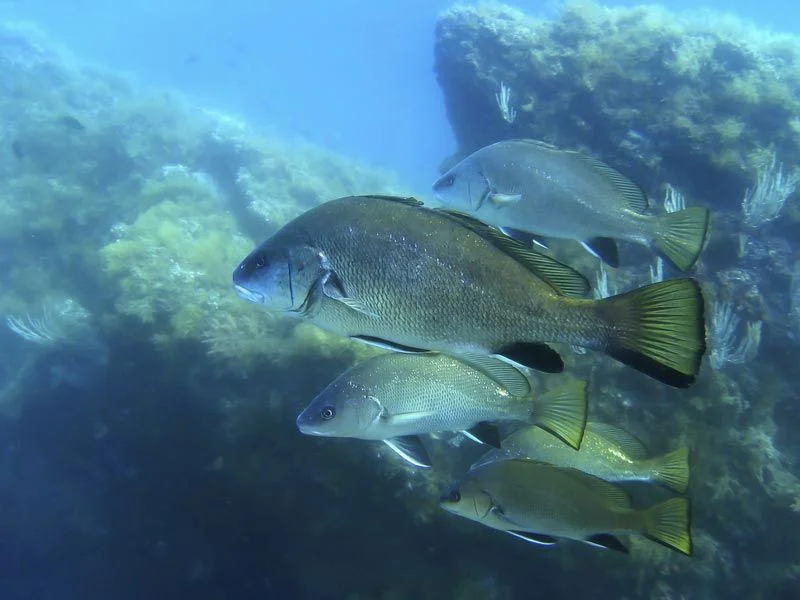
Corvina Fish Habitat
Natural Habitat: Where Corvina Lives
Corvina fish thrive in shallow waters near coastlines, especially in areas like the Eastern Pacific Ocean and the Atlantic coasts of South America. These fish prefer warmer waters, often residing near sandy or muddy bottoms where they can easily hunt smaller prey. Corvina can be found in estuaries, coastal lagoons, and bays, making them accessible to both local fishermen and larger commercial fishing fleets.
Different Species of Corvina Around the World
There isn’t just one type of Corvina—there are multiple species that vary in size, appearance, and habitat. Some of the most popular species include the Pacific Corvina (Cilus gilberti) and the Atlantic Corvina (Micropogonias furnieri), both of which are sought after for their firm, white flesh and mild flavor. These species are found along the coasts of Central and South America, as well as in parts of Asia and Africa.
Migration Patterns and Behavior
Corvina are known for their seasonal migrations, typically moving closer to shore during warmer months and retreating to deeper waters during colder seasons. Their migratory behavior is often linked to spawning cycles and the availability of food sources like shrimp and smaller fish.
Sustainability and Corvina Fisheries
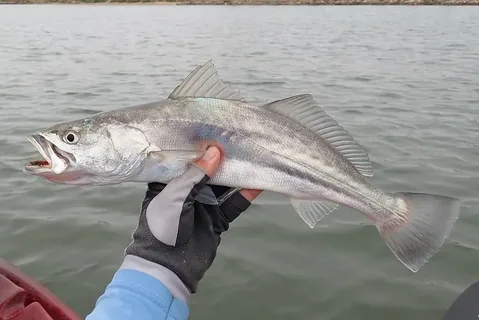
Global Demand for Corvina Fish
In recent years, the demand for Corvina has surged due to its growing popularity in both traditional and modern cuisines. This rise in demand has led to concerns about overfishing and the long-term sustainability of Corvina populations, especially in regions like the Gulf of California and the Peruvian coast, where these fish are heavily fished.
Overfishing Concerns and Impact on Corvina Population
As with many marine species, Corvina has faced pressure from overfishing, which can lead to declines in population and negatively impact marine ecosystems. Overfishing not only threatens the future of Corvina species but also the livelihoods of the communities that depend on them. Managing fisheries responsibly and enforcing fishing limits is crucial for maintaining a healthy balance.
Sustainable Fishing Practices for Corvina
Many organizations and governments are now implementing sustainable fishing practices to ensure the long-term viability of Corvina fisheries. This includes setting catch limits, protecting juvenile fish, and encouraging the use of environmentally friendly fishing gear. Sustainable practices are essential to protecting not only Corvina but also the ecosystems they inhabit.
Corvina Fish and Environmental Impact
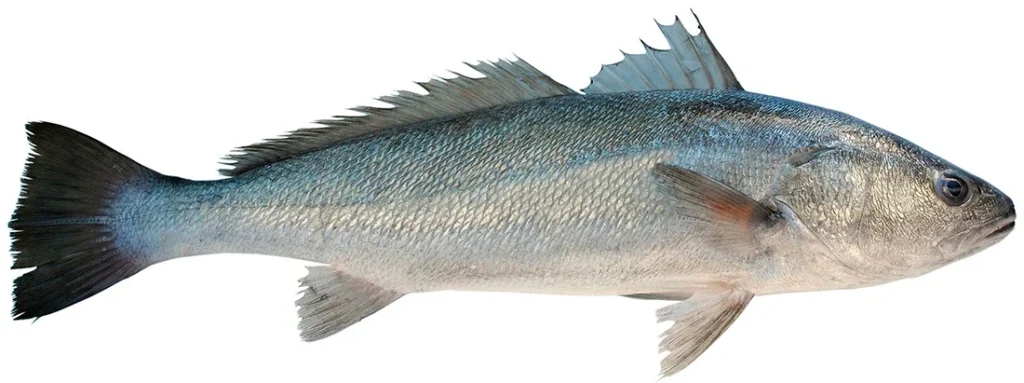
Corvina’s Role in Marine Ecosystems
Corvina fish play a vital role in marine ecosystems as both predators and prey. By feeding on smaller fish and crustaceans, they help maintain the balance of marine life. In turn, Corvina serves as a food source for larger predators like sharks and marine mammals, creating an intricate web of life that depends on their presence.
How Climate Change Affects Corvina Populations
Climate change poses a significant threat to marine species, and Corvina is no exception. Rising ocean temperatures and changing salinity levels can disrupt their natural habitats, forcing them to migrate to new areas where food may be scarce. Additionally, ocean acidification can affect the development of Corvina larvae, potentially reducing the number of fish reaching adulthood.
Protection Efforts and Conservation Programs
Conservation efforts are underway to protect Corvina fish and ensure their populations remain stable. Marine protected areas (MPAs) have been established in some regions to prevent overfishing and allow ecosystems to recover. Additionally, programs aimed at restoring estuaries and wetlands, which serve as crucial breeding grounds for Corvina, are helping to rebuild populations.
Nutritional Benefits of Corvina Fish
Why Corvina is a Healthy Choice
If you’re looking for a nutritious option, Corvina is a fantastic choice. Rich in lean protein and low in fat, it’s perfect for those seeking a healthy, balanced diet. Corvina is also an excellent source of omega-3 fatty acids, which are essential for heart and brain health.
Nutritional Breakdown: Vitamins, Proteins, and Minerals
Corvina is packed with vitamins like B12 and D, which support immune function and bone health. It’s also rich in minerals such as potassium, magnesium, and selenium, which are crucial for maintaining cardiovascular health and muscle function. Compared to other fish, Corvina offers a unique combination of essential nutrients while remaining light on calories.
Comparisons with Other Popular Fish
When compared to other white fish like cod or tilapia, Corvina stands out for its slightly firmer texture and subtle sweetness. It has a delicate, flaky flesh that holds up well in a variety of cooking methods, making it a favorite among chefs and home cooks alike.
Culinary Uses of Corvina Fish
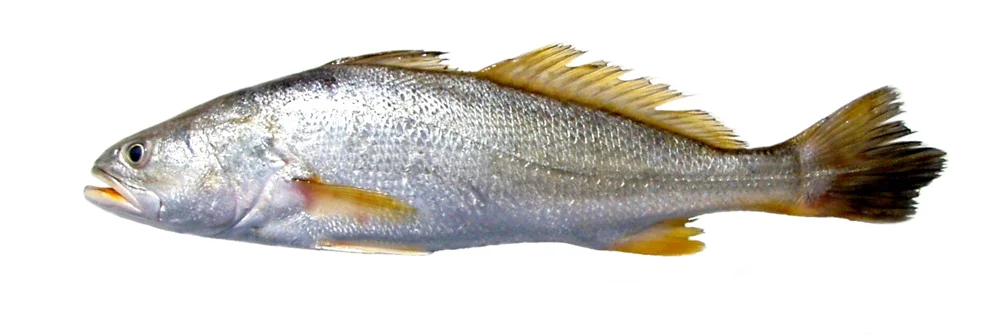
Traditional Dishes Featuring Corvina
In Latin American cuisine, Corvina is often the star of the show in dishes like ceviche, where the fish is marinated in citrus juices and served with onions, cilantro, and a touch of spice. In countries like Peru and Ecuador, Corvina ceviche is a beloved dish that brings out the fish’s natural flavors in a refreshing, tangy preparation.
How to Cook Corvina: Grilling, Baking, Frying
Corvina is incredibly versatile in the kitchen. It can be grilled to perfection with just a bit of olive oil, salt, and pepper, or baked with a garlic and herb crust. If you prefer frying, Corvina’s firm flesh makes it an ideal candidate for fish tacos or a crispy, golden fish fry.
Corvina in Modern Cuisine: Creative Recipes
Corvina has found its way into more creative dishes in recent years. From Asian-inspired miso-glazed Corvina to Mediterranean-style baked Corvina with lemon and capers, chefs are constantly discovering new ways to elevate this fish’s unique flavor.
Corvina in Latin American Cuisine
Ceviche: A Staple Dish with Corvina
Ceviche is perhaps the most iconic dish featuring Corvina. The acid from the lime or lemon “cooks” the fish, transforming it into a tender, flavorful delicacy. Whether served as an appetizer or main course, Corvina ceviche is a dish that brings the taste of the ocean to your table.
Regional Variations of Corvina Dishes
Each country in Latin America has its own twist on Corvina dishes. In Ecuador, you might find Corvina prepared with coconut milk and spices, while in Mexico, it’s often grilled with a smoky chipotle marinade. These regional variations highlight the adaptability of Corvina in different culinary traditions.
Cooking Tips and Techniques for Corvina
Selecting Fresh Corvina at the Market
When choosing Corvina at the market, it’s important to look for a few key indicators of freshness. Fresh Corvina should have clear, bright eyes, a shiny, metallic skin, and firm flesh that springs back when touched. Avoid fish with a fishy odor, dull skin, or flesh that feels mushy, as these are signs of spoilage.
Preparation Tips for Best Flavor and Texture
To enhance the natural flavor of Corvina, simple seasoning often works best. A little sea salt, freshly ground pepper, and a drizzle of olive oil can go a long way. For added depth, you can marinate the fish in citrus juices, herbs, and garlic for about 30 minutes before cooking. Be careful not to over-marinate, as the acid can “cook” the fish prematurely, especially if you’re using lime or lemon.
When cooking, Corvina’s firm texture holds up well to high-heat methods like grilling and frying. To retain moisture and keep the fish tender, avoid overcooking it. As a rule of thumb, Corvina should be cooked for 10 minutes per inch of thickness at 400°F (200°C), turning halfway through if grilling or pan-searing.
Corvina vs Other White Fish
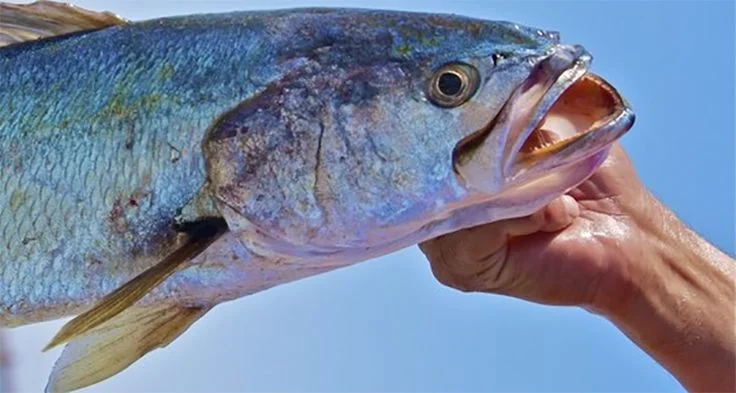
Taste and Texture Comparisons
Corvina often gets compared to other popular white fish like sea bass, cod, and grouper. Its mild flavor and firm, flaky texture make it similar to sea bass, but with a slightly sweeter and richer taste. Compared to cod, Corvina is firmer and holds its shape better during cooking, making it a more versatile option for dishes that require grilling or frying.
Price and Availability in the Market
Corvina can be a bit pricier than other white fish, especially if it’s caught in regions with sustainable fishing practices. However, it’s still widely available in fish markets and grocery stores, especially in regions close to the coast. If you’re in an area where fresh Corvina is hard to find, frozen options are often just as good, as long as they’ve been properly handled.
Sustainability Certifications for Corvina Fish
Importance of Buying Certified Sustainable Fish
As consumers, we play a crucial role in supporting sustainable fisheries. When purchasing Corvina, it’s important to look for sustainability certifications like the Marine Stewardship Council (MSC) label or Fishery Improvement Project (FIP) endorsement. These labels ensure that the fish has been sourced in a way that minimizes environmental impact and supports long-term fish population health.
Recognized Certifications for Corvina
Some of the most recognized sustainability certifications for Corvina include the MSC, which ensures that the fishery meets international standards for sustainable fishing, and the Aquaculture Stewardship Council (ASC), which certifies responsibly farmed fish. These certifications provide peace of mind that the Corvina you’re purchasing is being caught or farmed with minimal environmental harm.
FAQs About Corvina Fish
Is Corvina Fish Safe to Eat?
Yes, Corvina is safe to eat, provided it’s sourced from reputable suppliers and handled properly. Like most seafood, it’s essential to store it at the correct temperature and cook it thoroughly to avoid foodborne illnesses.
How Can I Ensure I’m Buying Sustainable Corvina?
To ensure you’re buying sustainable Corvina, look for certifications like MSC or ASC on the packaging. Additionally, ask your local fishmonger about the source of the fish and whether it comes from sustainably managed fisheries.
What Does Corvina Taste Like?
Corvina has a mild, slightly sweet flavor with a firm, flaky texture. It’s often compared to sea bass but with a slightly richer taste. Its versatility allows it to work well in various dishes, from ceviche to grilled fillets.
How Long Can Corvina Be Stored?
Fresh Corvina should be cooked within 1-2 days of purchase for the best quality. If you need to store it longer, freezing is an option. Frozen Corvina can last for up to 3 months in the freezer if properly wrapped to prevent freezer burn.
Is Corvina a Good Substitute for Other White Fish?
Yes, Corvina is an excellent substitute for other white fish like sea bass, cod, or tilapia. Its firm texture makes it a great choice for recipes that require grilling or frying, while its mild flavor pairs well with a wide range of seasonings and marinades.
Conclusion
Corvina fish, with its delicate flavor, nutritional benefits, and versatility, is a valuable resource both in the kitchen and for global fisheries. However, the growing demand for this fish means that sustainable fishing practices are more important than ever. By making mindful choices, we can continue to enjoy Corvina without compromising its future in our oceans. Whether you’re grilling, baking, or preparing a traditional ceviche, Corvina adds a unique touch to your meals, providing both health benefits and culinary satisfaction.
Read More:
Dorado Fish Decoded: Unveiling the Secrets of This Ocean Acrobat
Grouper Fish: The Giant of the Reef and Its Crucial Ecological Role
TriggerFish: The Ocean’s Living Locks and How They Got Their Name
Colonel Fish: Unraveling the Secrets of This Unique Marine Species



